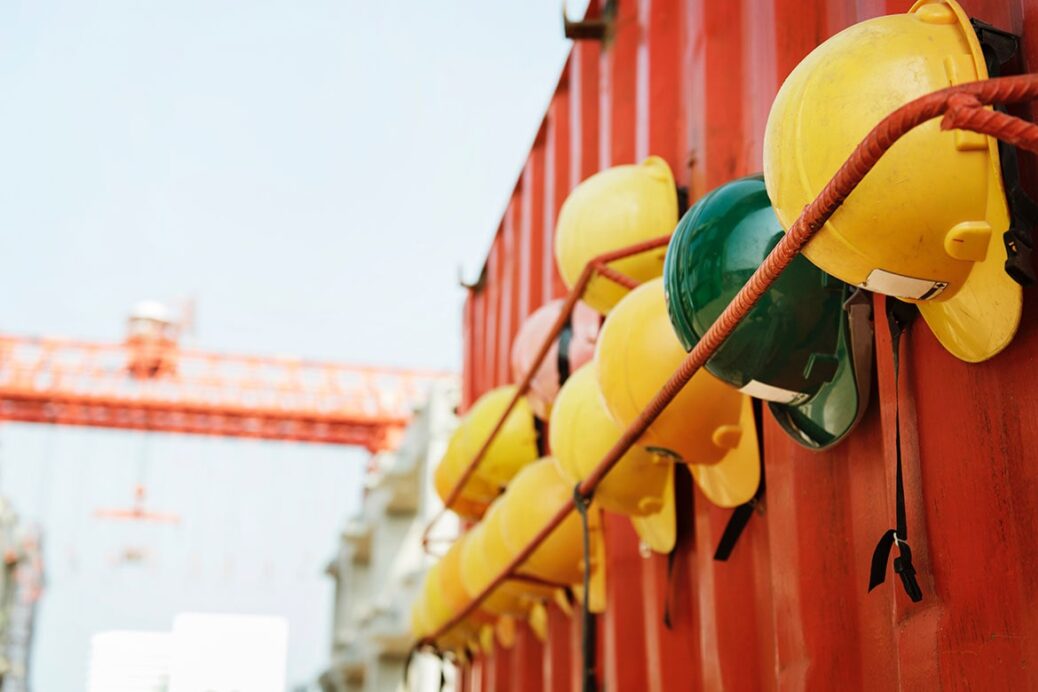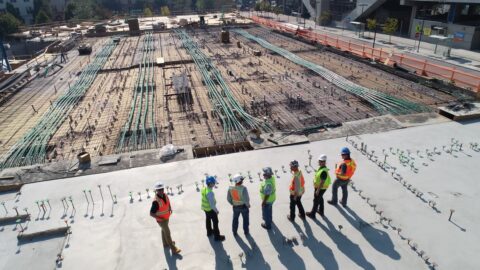Health and Safety: The Principles of Prevention

Table of Contents
Health and safety has received much negative press over the years, having come to represent the perils of over-legislation in many areas. However, health and safety is an unsung hero when it comes to worker’s rights, being vital legislation to ensure protection at all times. But how exactly does health and safety ‘work’? The principles of prevention are a set of rules. And when people follow them in sequence, provide an approach to risk management that is the industry standard. The principles are listed in descending order of their level of effectiveness for occupational health and safety. Avoiding danger is the most productive course of action. When it is not possible to completely eliminate risk, the other preventative strategies should be used instead.
Occupational Health and Safety, and the Law

Health and safety in the workplace has been mandated by law since 1974, and the writing into law of the Health and Safety at Work Act. The ‘HASAW’ protects employees by requiring employers to make “reasonably practicable” accommodations for health and safety – from the carrying out of risk assessments to the provision of PPE and training.
Prevention of Harm
The principal purpose of health and safety systems in the workplace is to prevent harm coming to workers and visitors. To this end, principles of prevention is the key metric by which health and safety procedures prove themselves as functional or not. There is an approach to risk management in health and safety known as the ‘hierarchy of controls’, which ranks various measures according to their effectiveness at protecting those in the workplace from harm.
According to the hierarchy of controls, the single most effective occupational health and safety measure one can take is elimination. That is, to remove the risk or hazard entirely. As an example, a facility may have a COSHH cupboard on the premises containing a dangerous chemical. The interaction with which risks the development of a serious chemical burn. If this material is not crucial to the workplace, its complete removal from the environment removes any likelihood of injury occurring from it.
Next-most effective is substitution, which sees the replacement of a hazardous substance or process with a less hazardous one. The introduction of procedures and administrative controls come in below substitution, as human error is introduced as a variable – whether in interpretation of procedure, or in drafting of procedure.
Principles of Prevention for Health and Safety:
1. Reducing risk
This entails, for instance, attempting to cease doing the activity, employing alternative procedures, or carrying out the work in a different, safer manner.
2. Assessing the Risks
This necessitates doing a risk analysis.
3. Eliminating Risks From Their Source
This implies that dangers, such as a dusty workplace,. These can be unproblematic by eliminating the dust’s source rather than by providing more protection. Or that slippery flooring becomes not an obstacle by treating them or replacing them rather than by posting a notice.
4. Tailoring the Project To Each Individual
This includes the layout of the workplace, the selection of tools for the job, and the selection of working and production techniques. With a focus on minimizing the negative health effects of repetitive labor and tasks performed at a set pace. This will include consulting individuals who should decide while designing workspaces, working techniques, and safety measures. People should have more autonomy over their job for their health and safety. And when it makes sense, less time should be on working at set speeds or doing tedious tasks.
5. Adjusting To Technical Advancement
It is crucial to benefit from technology and technical advancement. These often provide designers and employers with the opportunity to enhance safety and working practices. The enforcement agencies and the courts will be expecting extremely broad knowledge, extending beyond what is occurring in the UK or Europe, as a result of the availability of the Internet and other worldwide information sources.
6. Swapping Out Dangerous Things With Safer or Less Dangerous Things
This entails, for instance, replacing equipment or materials with less- or non-hazardous ones.
7. Creating A Coherent Comprehensive Prevention Strategy
This includes technology, job structure, working conditions, interpersonal connections, and the impact of issues linked to the workplace. Prepared and implemented to these concepts should be health and safety policies.
8. Giving Collective Protective Measures for Health and Safety
This is giving precedence to safety measures that provide the most benefit, such as eliminating harmful dust via exhaust ventilation rather than supplying a filtering respirator to a specific worker. This kind of risk management is commonly referred to as a “Safe Place” strategy.
9. Giving Employees the Correct Instruction
This entails making sure that workers properly know corporate policy, safety protocols, best practices, official guidelines, test findings, and regulatory obligations. This method of risk management, which puts an emphasis on people, is also the “Safe Person” approach. Both a Safe Place and a Safe Person approach should be covered and balanced by a well set up health and safety management system.
The ‘Last Resort’ for Health and Safety
Personal protective equipment, or PPE, is an extremely important part of any health and safety infrastructure in the workplace, and its provision to employees also enshrined in law. However, despite the importance of utilising PPE suppliers to provide high-quality equipment to workers, PPE is considered a ‘last resort’ protection, and can be found at the bottom of the hierarchy of controls.
The reason PPE is less effective at preventing harm than other listed controls is because the worker is engaging directly with a hazard. Even in wearing the most effective forms of PPE, there are opportunities for injury to occur. A point of failure with PPE leads directly to injury, where failure in earlier controls could be caught by other forms of control. Of course, there are many instances where the wearing of PPE is necessary and unavoidable. For example, welding or cutting metals can produce dangerous sparks and shavings. And they could cause irritation and injury to the eye if not for the wearing of safety goggles.
Senior Planning Engineer










